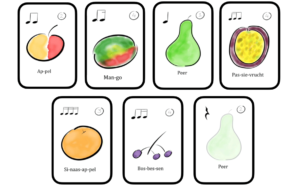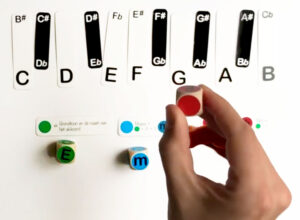
One of the key principles in ludodidactics is that, in preparing your lessons for students, you approach it as a designer. The MDA-model takes center stage in this design process. If you have not reviewed the theoretical aspects of the MDA-model already in the prior article, please do so before proceeding. Getting a grasp of the theoretical side first, really helps with a better understanding of these practical examples and lets you proceed with more ease.
In using the MDA-model for designing a learning experience, you start out with reverse engineering the experience and ending up with the mechanics: the building blocks of your design. This means that you start out with the aesthetics: what does a student feel, experience while playing, while learning? Why would the student even want to engage in playing to begin with? All these apects are part of the aesthetics of the MDA-model and as explained in the theoretical video, we can only achieve these aesthetics by supporting it with the right mechanics.

To show you how this works in the classroom, let’s take a closer look at two little games, designed by Thijs Spook, to show you which mechanics were used to get to the (intended) aesthetics in the students’ experience and how that ties in with the MDA-Model. The games are called Mini Beats and 3 + 4 = 7.







